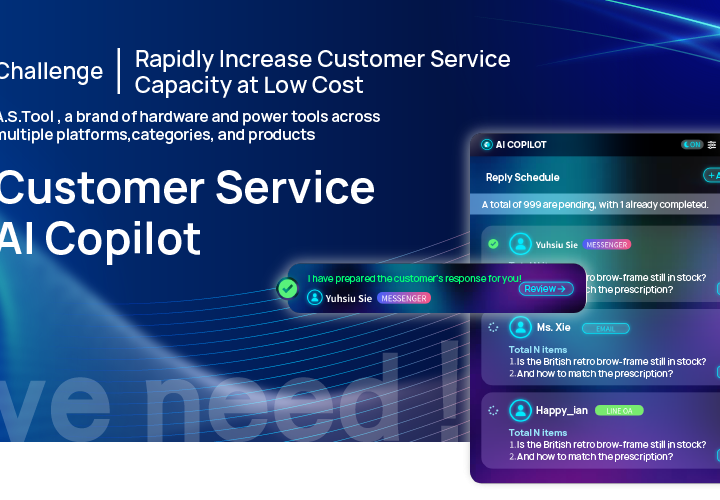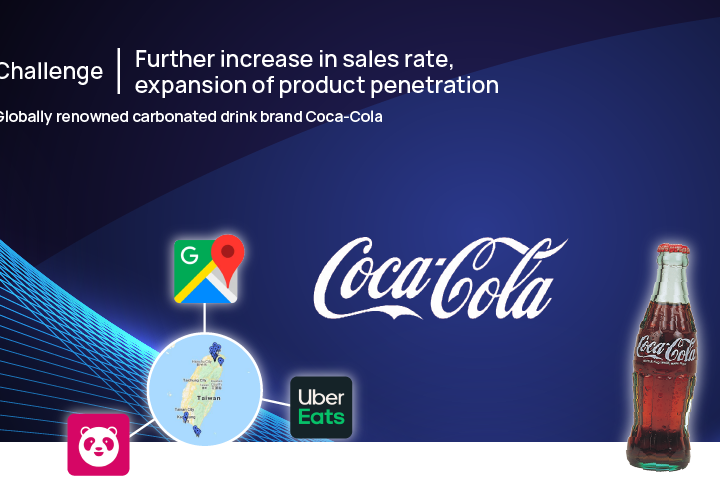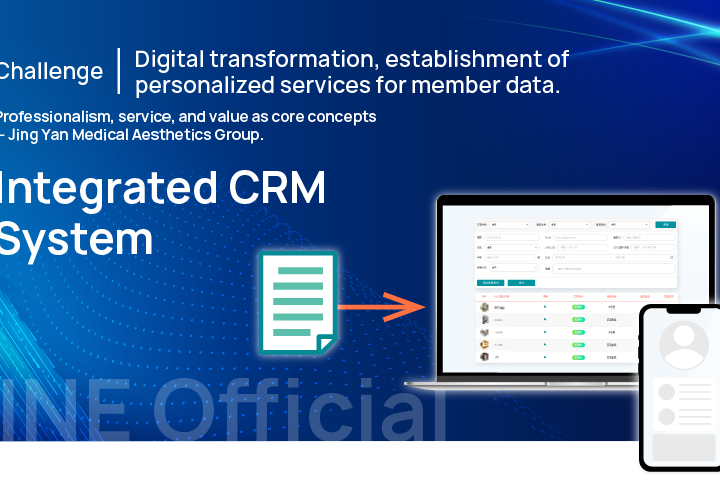【Technical Research】Mathematics, Statistics, and AI-Driven Innovation in E-Commerce Price Management
In the rapidly expanding e-commerce market, products under distribution systems are frequently sold across multiple platforms and channels, causing significant price fluctuations for the same item. This creates a challenging scenario of online pricing chaos, difficult for businesses to control. Such situations not only impact consumers’ perception of pricing fairness but also pose considerable challenges for companies trying to establish unified pricing strategies.
Wevo Innovation Inc. leverages advanced mathematics, statistics, machine learning, and AI technologies to develop a precise price management solution specifically for home appliances. By analyzing vast e-commerce data to uncover pricing patterns, our solution helps businesses effectively manage pricing coordination across various platforms, enhancing market competitiveness and brand credibility.
Business Value and Competitive Advantage
In response to the pain points of price inconsistencies on e-commerce platforms within distribution systems, our solution offers the following specific business values and competitive advantages:
Unified Pricing Management and Brand Integrity
- Cross-platform Coordinated Management: By integrating data from major e-commerce platforms and distributors, businesses can comprehensively monitor product pricing across different channels. This allows them to establish unified and reasonable pricing standards, reducing price fluctuations caused by distributor-driven pricing.
- Enhanced Brand Image: A consistent and scientifically-grounded pricing strategy helps eliminate market price confusion, increasing consumer trust in price fairness, and thus strengthening brand image in the market.
Scientific Pricing and Dynamic Price Adjustments
- Data-Driven Pricing Strategies: Leveraging precise analyses through K-Means clustering and statistical evaluation metrics (e.g., Silhouette Score, Calinski-Harabasz Index, Davies-Bouldin Index), businesses can implement dynamic pricing strategies aligned with market price distributions, effectively addressing intense e-commerce competition.
- Dynamic Promotional Decisions: Utilizing statistically derived minimum and median prices, businesses can design targeted promotional activities that attract price-sensitive consumers while preserving brand premium in high-end markets, achieving optimal market segmentation.
Cross-Channel Data Integration and Decision Support
- Multi-dimensional Data Fusion: By integrating data from various e-commerce platforms and distributors, businesses can establish a comprehensive price-monitoring system, enabling cross-platform price coordination to fundamentally resolve price inconsistencies.
- Data Consistency Assurance: Applying set and intersection theories, the solution eliminates pricing data discrepancies due to varying product descriptions, ensuring pricing decisions are based on consistent and accurate product information.
AI-Assisted Decision Making and Deep Semantic Matching
- Accelerated Market Responsiveness: Utilizing large language models (LLM) for deep semantic matching accurately identifies subtle differences in product descriptions, rapidly correcting pricing data and enabling quicker market adjustments.
- Enhanced Decision Accuracy: By integrating AI with data science methods, the solution not only enhances the scientific rigor and reliability of pricing management decisions but also helps maintain a stable competitive advantage amid market fluctuations and price competition.
System Technical Architecture and Methodology
Our solution integrates multiple advanced technical modules, ranging from data preprocessing to deep semantic matching, and is supported by various scientific methodologies. The following outlines the specific technical architecture and methodology:
1. Data Preprocessing and Adaptive Clustering
At this stage, the system leverages Python and its powerful open-source libraries to integrate and clean pricing data collected from various e-commerce platforms and distributors. Key technologies and methods include:
Data Processing Tools
- Pandas: Used for reading and merging CSV files, removing extraneous symbols through regular expressions, and converting price data into numerical formats, ensuring the accuracy of e-commerce data.
- NumPy: Enables efficient numerical calculations and array operations, providing precise computational support for subsequent AI models.
Clustering Techniques and Statistical Evaluation
- K-Means Clustering: Based on the principle of minimizing the Within-Cluster Sum of Squares (WCSS), this method categorizes home appliance products into natural groupings according to price characteristics.
- Evaluation Metrics:
- Silhouette Score: Measures the relative distance of data points within clusters compared to neighboring clusters, reflecting internal cohesion and external separation of clusters.
- Calinski-Harabasz Index: Assesses clustering effectiveness using the ratio of inter-cluster variance to intra-cluster variance; higher values indicate better clustering.
- Davies-Bouldin Index: Evaluates the similarity between clusters; lower values signify greater differentiation between clusters.
(Effectiveness evaluation of price data clustering)
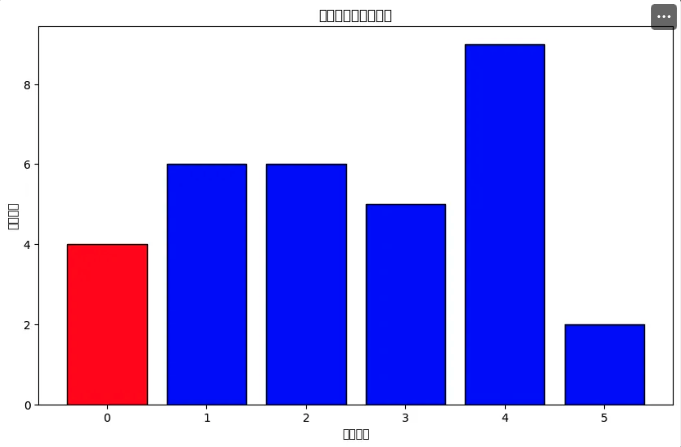
Standardization Method
- Z-Score Standardization: This method standardizes various evaluation metrics, removing unit scale effects to allow direct integration of multiple indicators, thus enhancing the objectivity of decision-making.
2. Keyword-based Text Classification and E-commerce Data Matching
Since product descriptions may vary across different e-commerce platforms, the system utilizes rule-based text classification techniques to ensure data consistency across channels. The primary methods include:
Text Classification Tools
- Using Python’s string processing, regular expressions, and set operations to quickly identify predefined keywords in product names.
Keyword-based Classification
- Standard Products: Keywords such as “Basic Model,” “Economy Edition,” and “No Additional Functions,” representing products with basic functionalities.
- Fully-equipped Products: Keywords like “High-end Edition,” “Full Functions,” and “Includes Remote Control and Accessories,” indicating richly equipped products.
- Accessory-specific: Keywords such as “Accessory Parts,” “Additional Remote Control,” and “Expansion Components,” categorizing supplementary product accessories.
Set and Intersection Theory
- Applying set operations to match keywords in product descriptions accurately, ensuring products from different e-commerce platforms can be precisely compared based on core configurations, thus eliminating description discrepancies affecting pricing analysis.
3. Application of Artificial Intelligence (AI) and Large Language Models (LLM)
To address the challenges of processing unstructured textual data on e-commerce platforms, we introduce advanced AI techniques utilizing large language models (LLM) for deep semantic matching. The core technologies and processes include:
Large Language Model Technology
- Transformer Architecture: Leveraging the attention mechanism to capture relationships among keywords in texts, enabling contextual semantic understanding, which is central to current AI technologies.
- Pre-training and Fine-tuning: Models undergo pre-training on extensive textual data and are subsequently fine-tuned specifically for comparing home appliance product descriptions, enabling effective handling of heterogeneous textual data from various e-commerce platforms.
Matching Process and Prompt Design
- Prompt Construction: Combining baseline products, preliminarily filtered product lists, and strict matching rules (such as excluding non-core factors like color, packaging, batch, etc.) into prompt texts, ensuring the AI focuses solely on core product configurations and features.
- Semantic Understanding and Decision Making: Using lightweight models from the GPT series (e.g., “o1-mini”) for deep semantic analysis of e-commerce product descriptions to identify and correct pricing discrepancies resulting from subtle description variations, thus achieving data consistency and accuracy.
Application of Core Mathematical and Statistical Theories in E-commerce Price Management
This solution fully utilizes the following mathematical and statistical theories, integrated with AI technology, to create a comprehensive e-commerce pricing management system:
- Statistical Principles
- Intra-cluster Cohesion and Inter-cluster Separation: Mathematical evaluation of internal consistency and external differentiation among price clusters using metrics such as the Silhouette Score, Calinski-Harabasz Index, and Davies-Bouldin Index.
- Variance Analysis: Utilizing the ratio of intra-cluster to inter-cluster variance to determine the optimal number of clusters, providing data-driven support for pricing strategies.
(Main price group identification)
- Statistical Principles
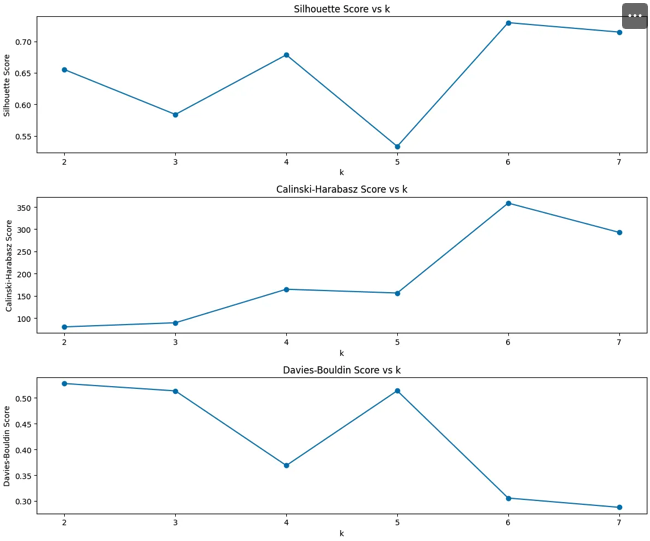
Machine Learning Methods
- K-Means Clustering: Automatically segments large volumes of e-commerce pricing data into natural clusters based on the principle of minimizing the Within-Cluster Sum of Squares (WCSS).
- Z-Score Standardization: Standardizes multidimensional evaluation indicators to ensure objectivity in data integration and comprehensive scoring.
Natural Language Processing and Deep Learning
- Transformer Architecture and Attention Mechanism: Enables large language models to capture implicit semantics and contextual relationships within product descriptions for accurate matching.
- Pre-training and Fine-tuning Techniques: Allow AI models to learn from extensive textual data and adapt specifically to the task of comparing home appliance product descriptions.
Set and Intersection Theory
- Applied in text classification to verify keyword matches through set operations, ensuring data consistency and accurate comparisons across different e-commerce platforms.
Conclusion
Leveraging advanced mathematics, statistical analysis, and AI technologies, WW INNO. has developed a scientific and precise price management solution for home appliances, addressing the challenges of pricing inconsistencies within e-commerce distribution systems. From data preprocessing and adaptive clustering to keyword-based text classification and deep semantic matching using large language models, each step showcases the practical application of statistical principles, machine learning methodologies, and natural language processing techniques in e-commerce data analysis. Through these cutting-edge technologies, businesses can extract critical pricing patterns from cross-platform data, enabling unified pricing and dynamic price adjustments, effectively resolving price volatility in distribution networks and maintaining a stable competitive advantage in the intense e-commerce landscape. Looking ahead, WW INNO. will continue driving technological innovation, utilizing e-commerce and AI data-driven approaches to help businesses steadily navigate evolving markets, achieving sustainable and long-term growth.










